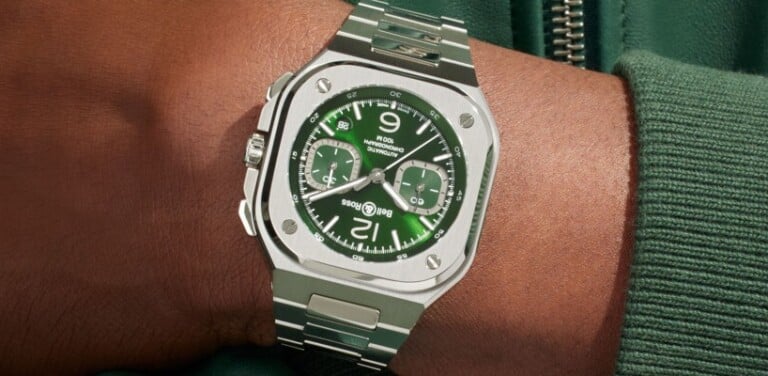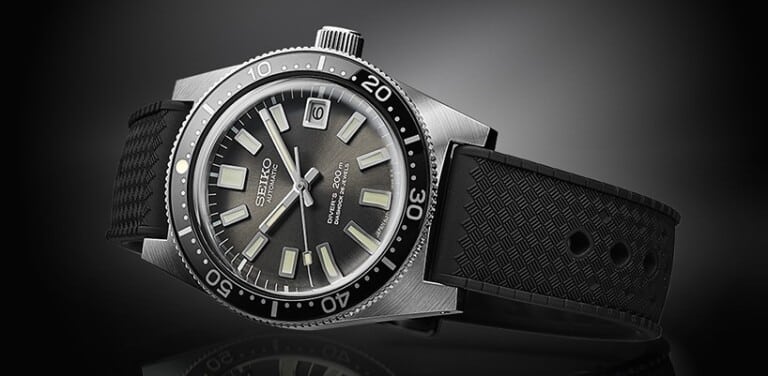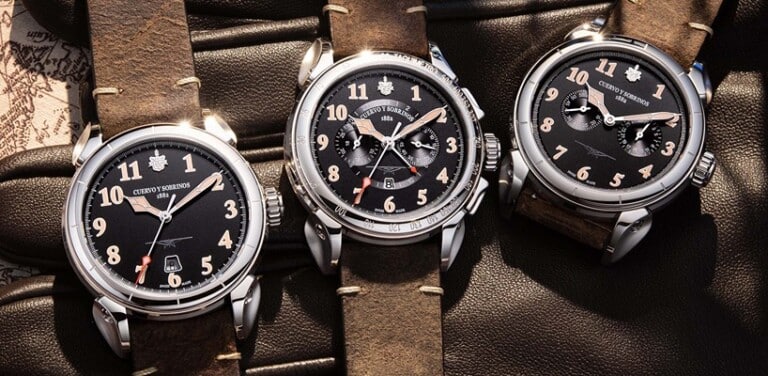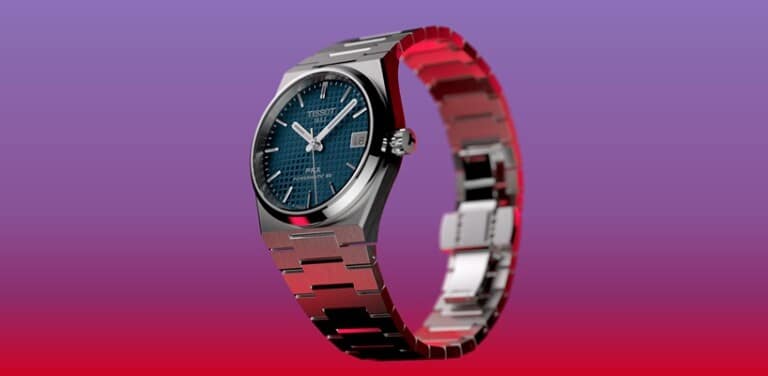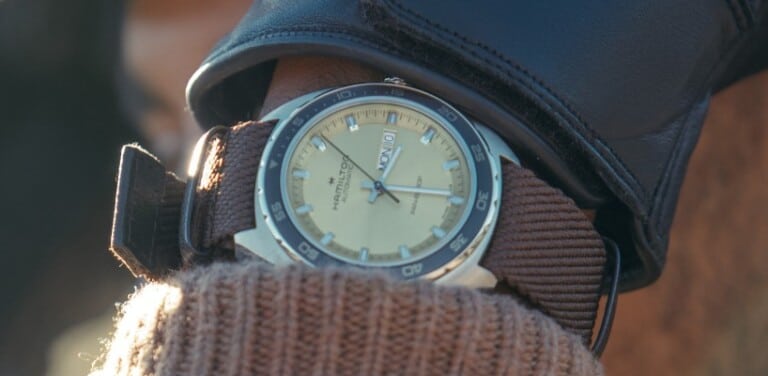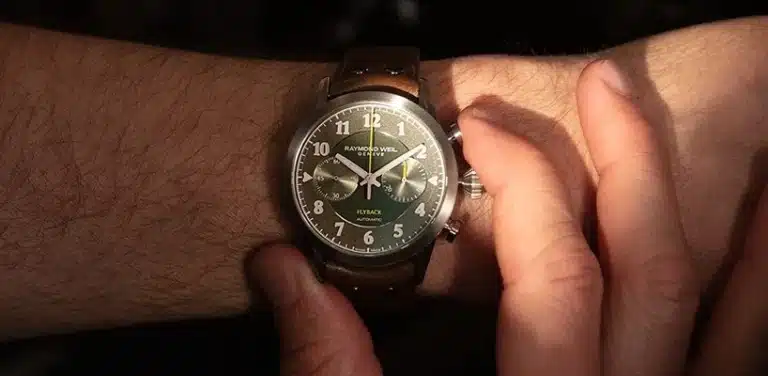If you are someone new to the world of watches -particularly automatic watches – then it is only a matter of time before you start to wonder what an automatic watch movement is and how it works. In this handy guide, we will explain the differences between quartz and mechanical movements, self-winding and automatic movements and everything in-between!
First things first, an automatic watch movement is a type of mechanical movement. Unlike a quartz movement – or battery-operated movement – a mechanical movement is powered by a combination of intricate components. One of these components is known as the mainspring which must be wound up before the movement will work. The spring stores and transfers the energy through a series of gear components including a balance wheel and an escapement, regulating a release of energy to power the watch’s functions.
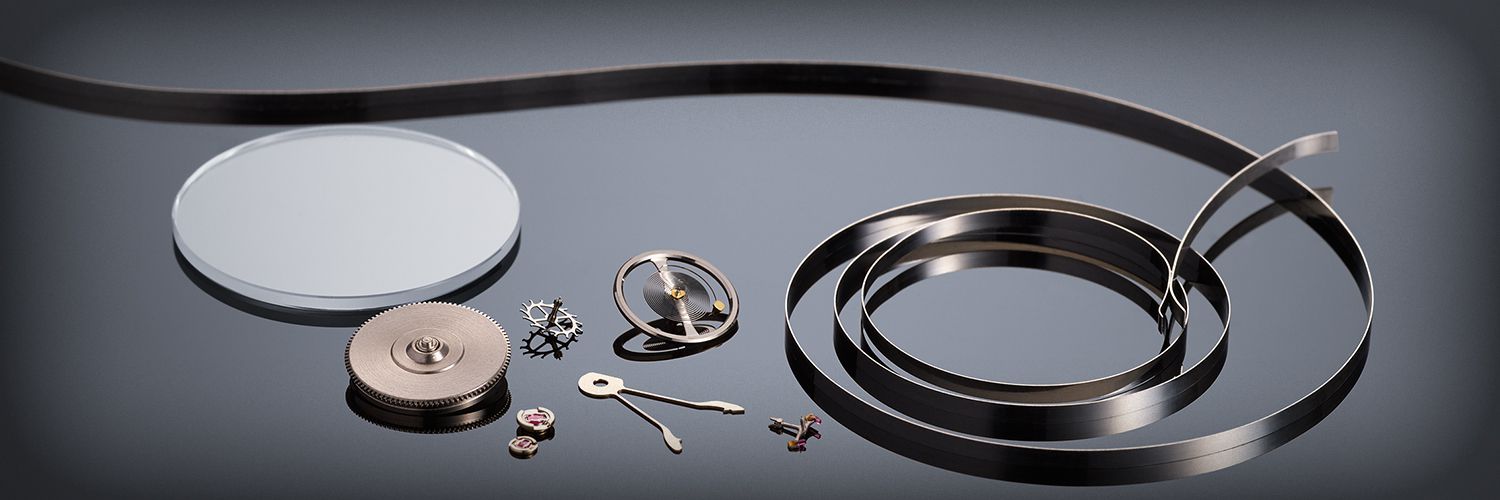
There are two types of mechanical movements: an automatic watch movement and a manual-winding movement. It is easy to remember the difference between each of these since the clues are in their names. With a manual winding movement, the mainspring must be physically wound by turning the crown. As you turn the crown, the mainspring is charged up to store energy and then unwinds at a limited speed to power the functions on the dial.
In an automatic watch, there is no need to manually turn the crown at all. Instead, the watch is wound automatically through the movement of your wrist. Every time you move, energy is created by the oscillating rotor which spins around and winds the mainspring which then powers the watch’s functions.
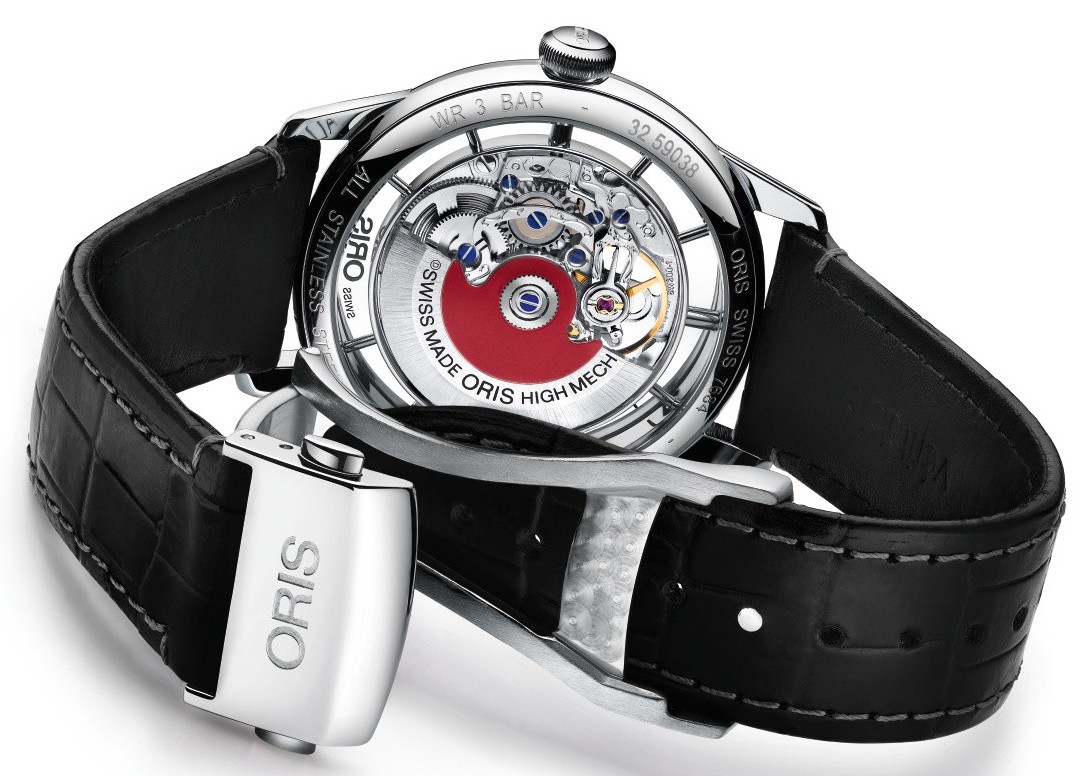
What are the benefits of an automatic watch movement?
- Battery: There is no need to worry about having to have the battery changed in a mechanical watch since it does not have one
- Accuracy: Although not as accurate as a quartz movement, mechanical calibres are still highly accurate
- Appearance: Some mechanical watches have glass case backs or skeletonised dials which allow you to witness the beauty of the mechanical movement through the watch’s design
- Longevity: A well-built mechanical watch will last a lifetime with proper care
What are the disadvantages of having an automatic watch?
- Price: Due to the craftsmanship that goes into a mechanical watch, they tend to be more expensive that quartz watches
- Higher Maintenance: Since mechanical movements consist of so many intricate components, it is necessary to get a mechanical watch serviced every 2-3 years to ensure it remains accurate and lasts a lifetime
If you are looking to purchase your very own automatic watch, discover a stunning collection here with many available with free next day delivery and interest free finance.
